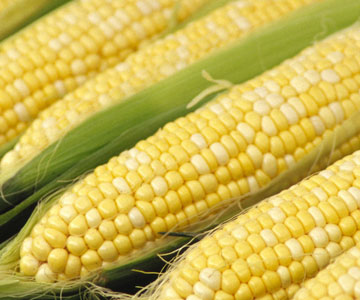
The corn leaf plant, more commonly known as corn plant (Dracaena fragrans), is a broadleaf evergreen that may grow up to 50 feet tall within its native range in the tropics of western Africa, though it is more commonly seen as an indoor houseplant with a height between 4 to 6 feet. The sensitive plant may only be grown outdoors in the frost free conditions found in U.S. Department of Agriculture plant hardiness zones 10 to 12. Corn plant has a distinct appearance and is fairly easy to identify.
You can get health-supportive antioxidant benefits from all varieties of corn, including white, yellow, blue, purple and red corn. But recent research has shown the antioxidant benefits from different varieties of corn actually come from different combinations of phytonutrients. In the case of yellow corn, it's the antioxidant carotenoids leading the way, with especially high concentrations of lutein and zeaxanthin. In the case of blue corn, it's the anthocyanins. There's one particular hydroxybenzoic acid in purple corn—protocatechuic acid—that's also been recently linked to the strong antioxidant activity in this corn variety.
Health Benefits:Corn has gathered a diverse reputation in the U.S. For some people, corn is a "staple" food that provides the foundation for tortillas, burritos, or polenta. For others, corn is a "snack" food that comes in the form of popcorn and corn chips. For still others, corn is a "special summertime food" that is essential at barbecues and cookouts. But regardless of its reputation, corn is seldom considered in the U.S. as a unique source of health benefits. Yet that's exactly what research results are telling us about this amazing grain.